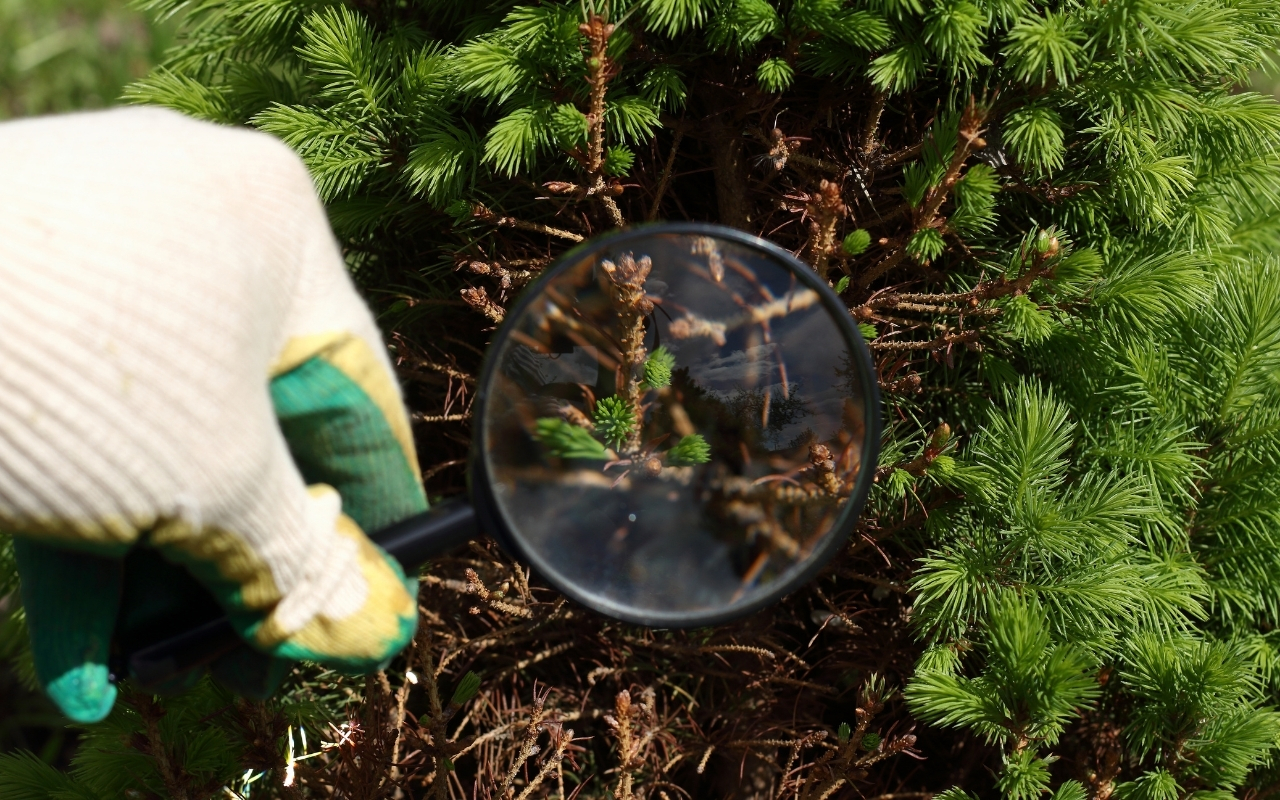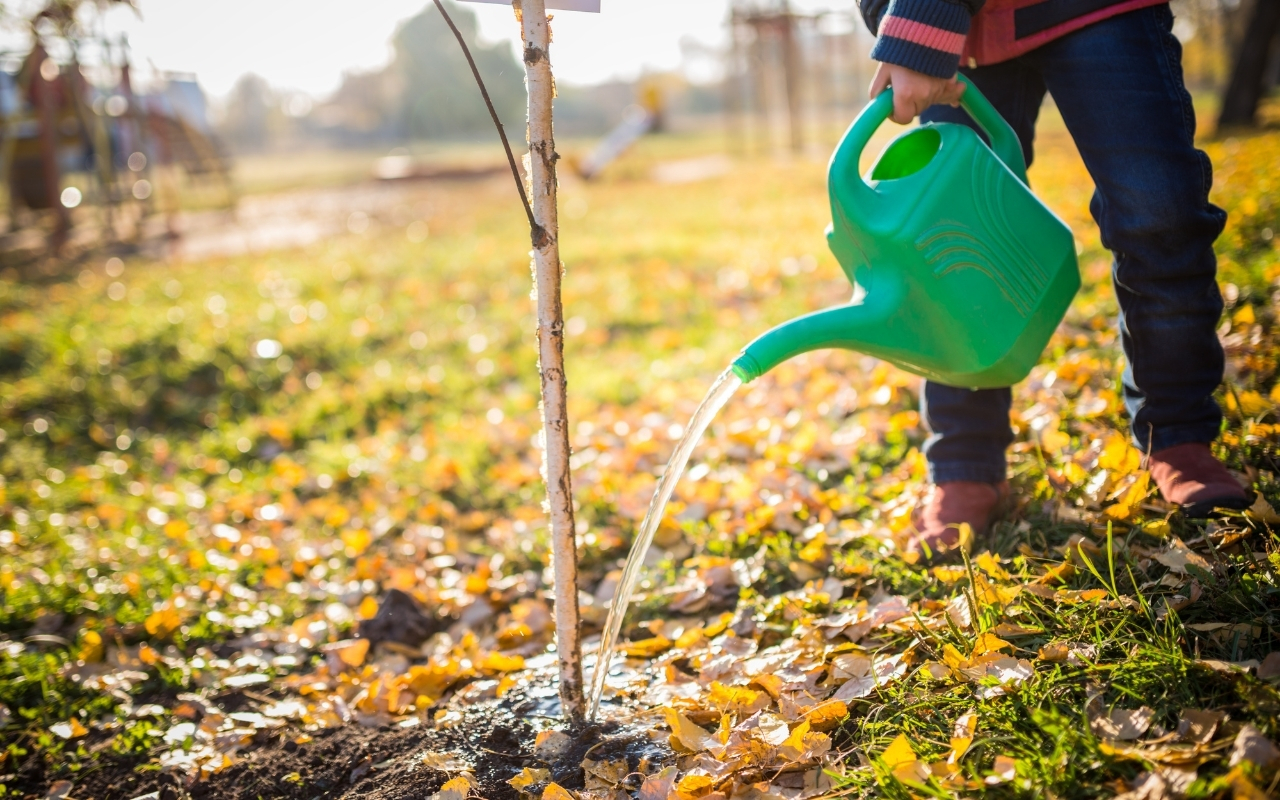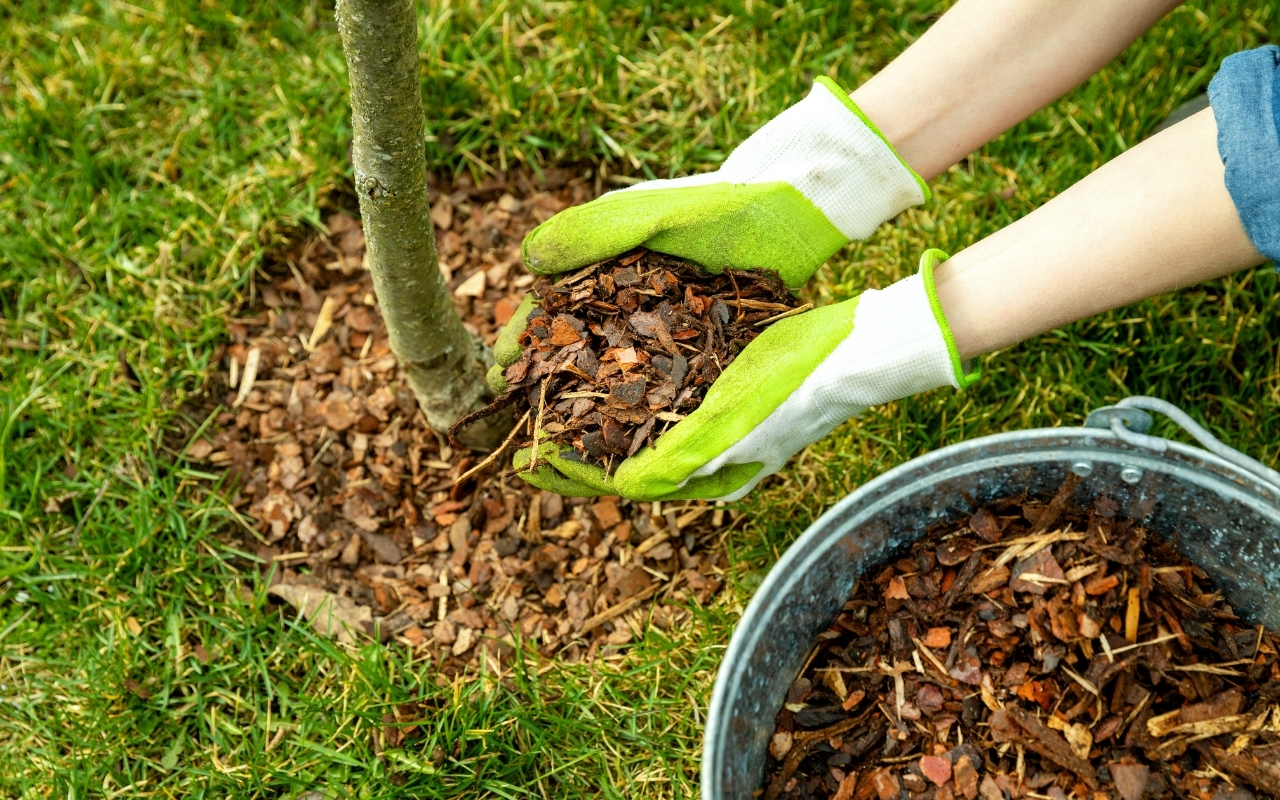
How to Assess and Improve Tree Health
Trees are a crucial part of our environment, providing shade, beauty, and clean air. But how can you ensure your trees are thriving? In this Tree Health Guide, we’ll explore the steps you need to take to assess and improve the health of your trees. Whether you’re a homeowner or a landscaping enthusiast, understanding tree health is essential. Let’s dive into practical tips that will help you keep your trees in top condition.
Tree Health Guide: Understanding the Basics
Your trees are more than just decorative elements in your yard; they are living organisms that require care and attention. In this Tree Health Guide, we’ll break down the essential steps to assess and maintain the well-being of your trees. By following these guidelines, you can ensure your trees remain healthy and vibrant throughout the year.

Identifying Signs of Tree Health
One of the first steps in tree care is recognizing the signs of a healthy tree. Healthy trees typically have vibrant green leaves, strong branches, and consistent growth patterns. If you notice discolored leaves, brittle branches, or stunted growth, these could be signs of underlying issues. Regular inspections will help you spot these problems early, allowing for prompt intervention.
The Importance of Soil and Watering
Soil quality and proper watering are crucial for tree health. Trees require a balanced mixture of nutrients, water, and air to thrive. Start by testing your soil to ensure it has the right pH level and nutrient content. Overwatering or underwatering can lead to root rot or dehydration, both of which can severely affect tree health. Follow a consistent watering schedule that suits your tree species and local climate.

Pruning and Trimming Techniques
Pruning and trimming are vital for maintaining tree structure and health. Regular pruning helps remove dead or diseased branches, promotes healthy growth, and enhances the tree’s overall appearance. Use sharp, clean tools to make precise cuts, and always prune during the appropriate season for your tree species. Proper trimming encourages airflow, reduces disease risks, and helps the tree absorb more sunlight.
Protecting Trees from Pests and Diseases
Pests and diseases are common threats to tree health. Insects like aphids, beetles, and caterpillars can cause significant damage to leaves, bark, and roots. Diseases such as fungal infections and bacterial blight can weaken or even kill trees if left untreated. Regularly inspect your trees for signs of infestation or illness, such as holes in leaves, unusual spots, or oozing sap. If detected early, many issues can be managed with organic or chemical treatments.
Mulching for Tree Health
Mulching is an excellent way to protect your trees and promote healthy growth. A layer of mulch around the base of your tree helps retain moisture, regulate soil temperature, and prevent weed growth. Be sure to apply mulch correctly, avoiding direct contact with the tree trunk to prevent rot and insect infestation. Mulching also adds essential nutrients to the soil as it decomposes.

The Role of Professional Arborists
While regular maintenance is essential, sometimes professional intervention is necessary. Arborists are trained to assess and treat tree health issues that may be beyond your expertise. They can provide services such as deep root fertilization, advanced pest control, and safe tree removal if needed. Don’t hesitate to consult a professional if you’re unsure about the condition of your trees.
Seasonal Tree Care Tips
Tree care varies depending on the season. In spring, focus on new growth and pruning. Summer requires regular watering and pest management. Fall is the time to prepare your trees for winter by applying mulch and pruning any weak branches. Winter care includes protecting your trees from snow and ice damage. Following these seasonal tips ensures your trees stay healthy year-round.
Final Thoughts on Tree Health
Maintaining tree health requires a combination of regular inspections, proper care, and timely interventions. By following this Tree Health Guide, you can enjoy the benefits of healthy, thriving trees that enhance the beauty and value of your property. Remember, the key to healthy trees is consistent care and attention.
Ensuring Long-Term Tree Health
Taking care of your trees doesn’t have to be complicated. By following the tips outlined in this Tree Health Guide, you can keep your trees healthy and strong. If you need expert help, don’t hesitate to contact us. Our team is here to assist you with all your tree care needs. Contact us today to schedule a consultation and give your trees the care they deserve.
